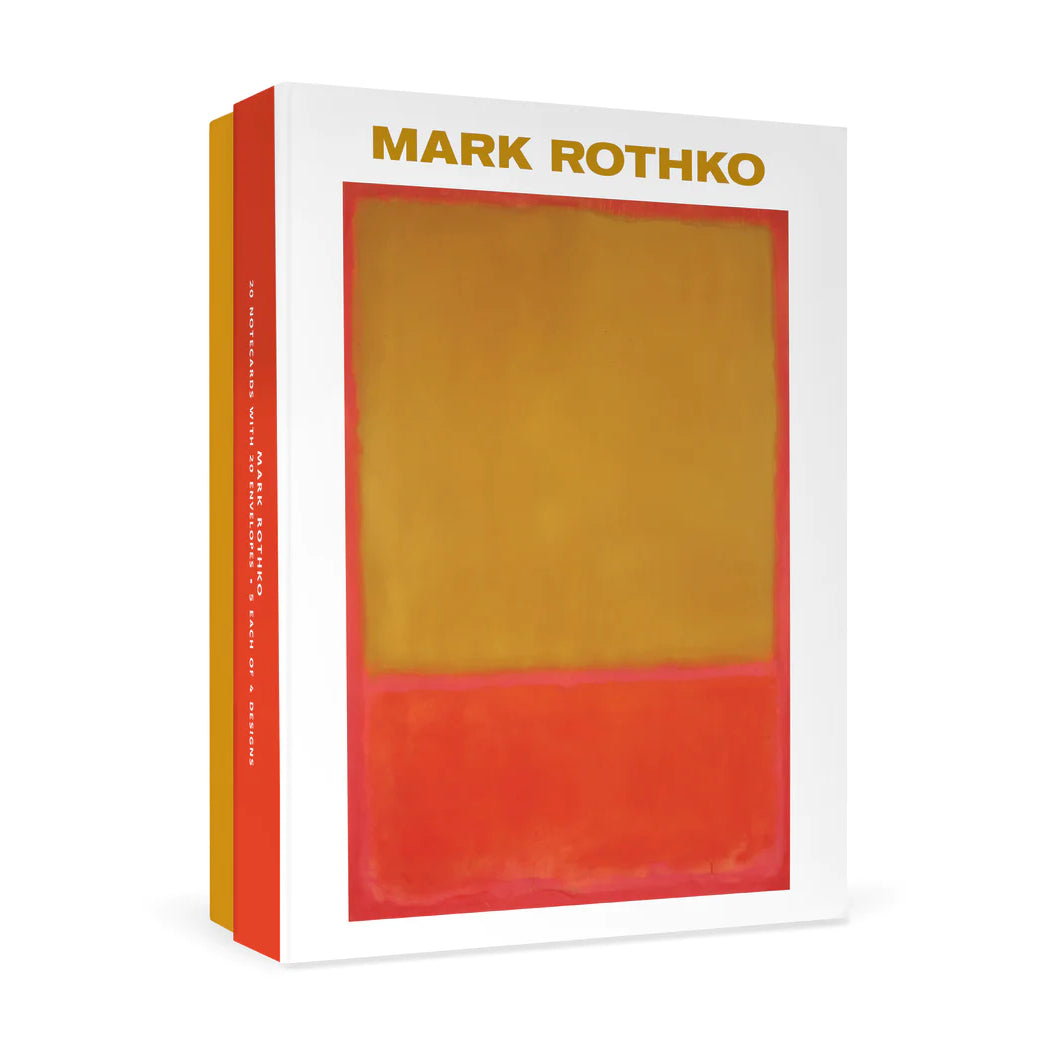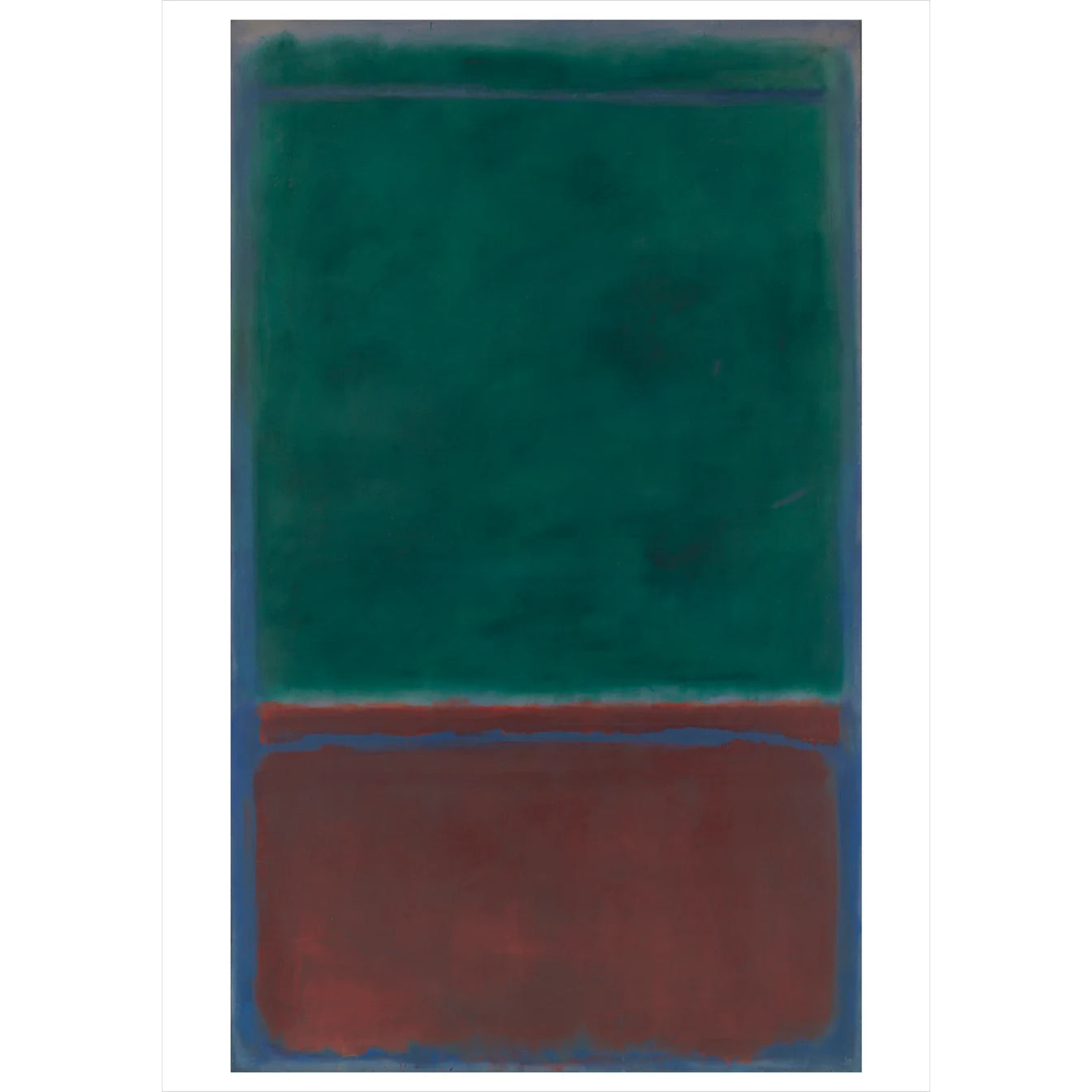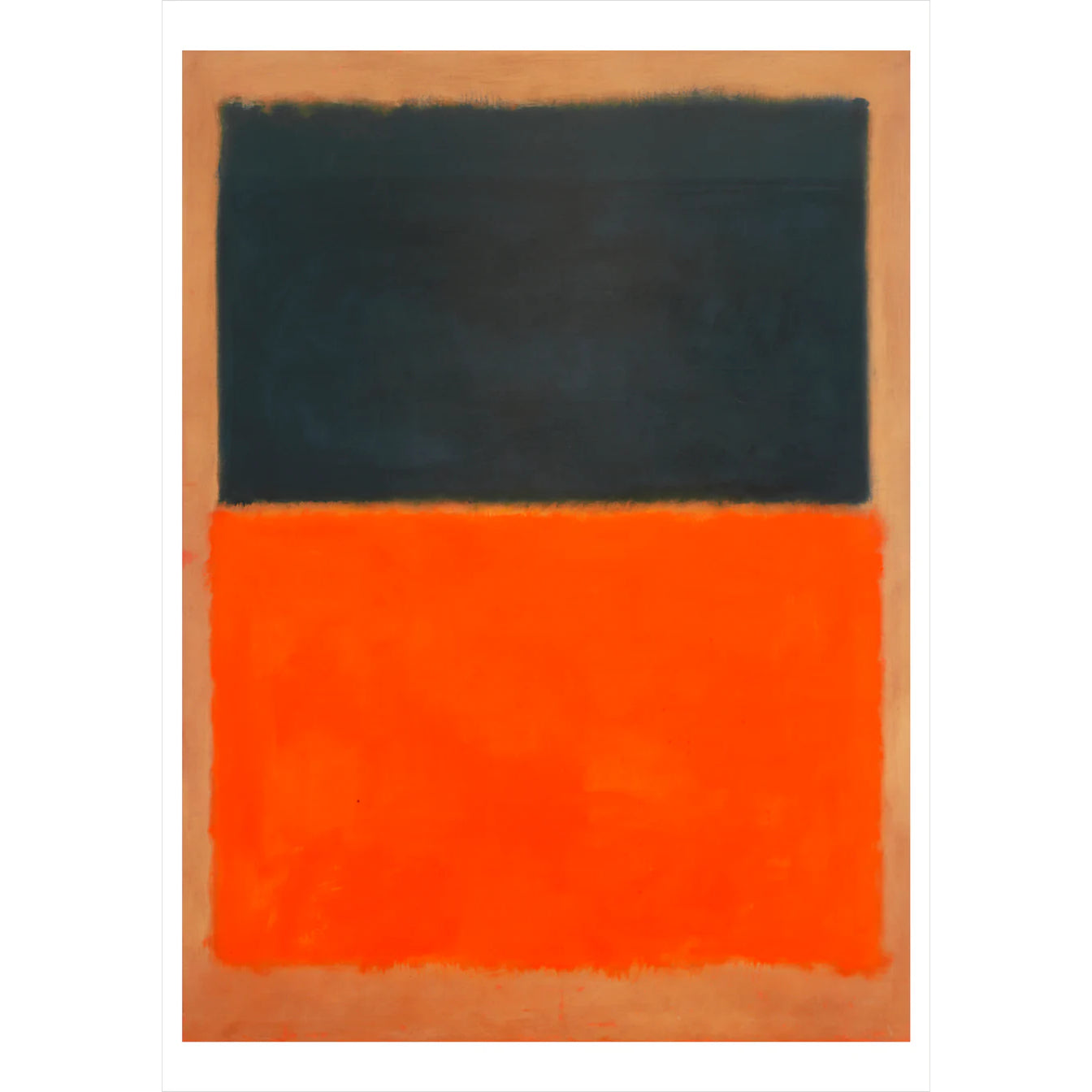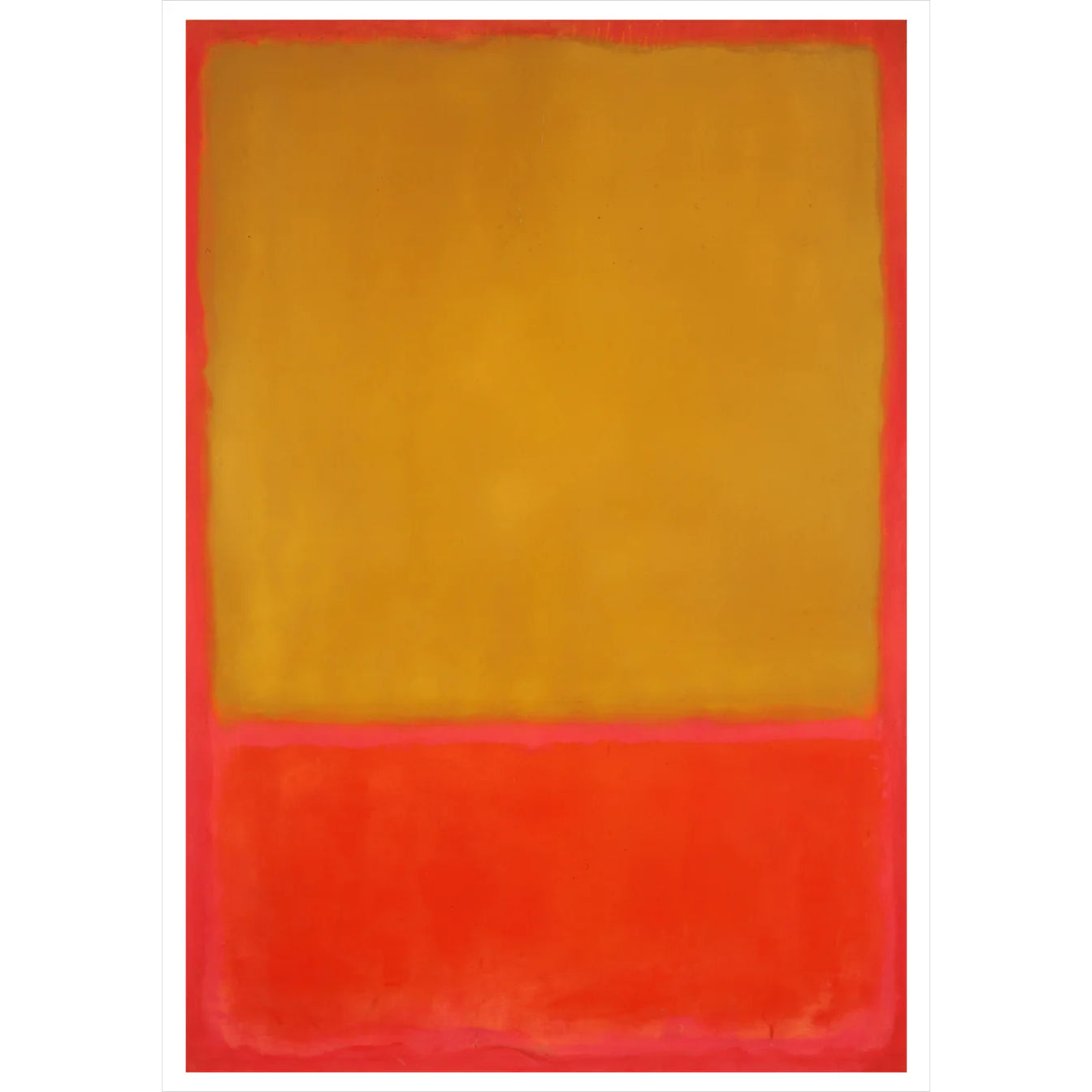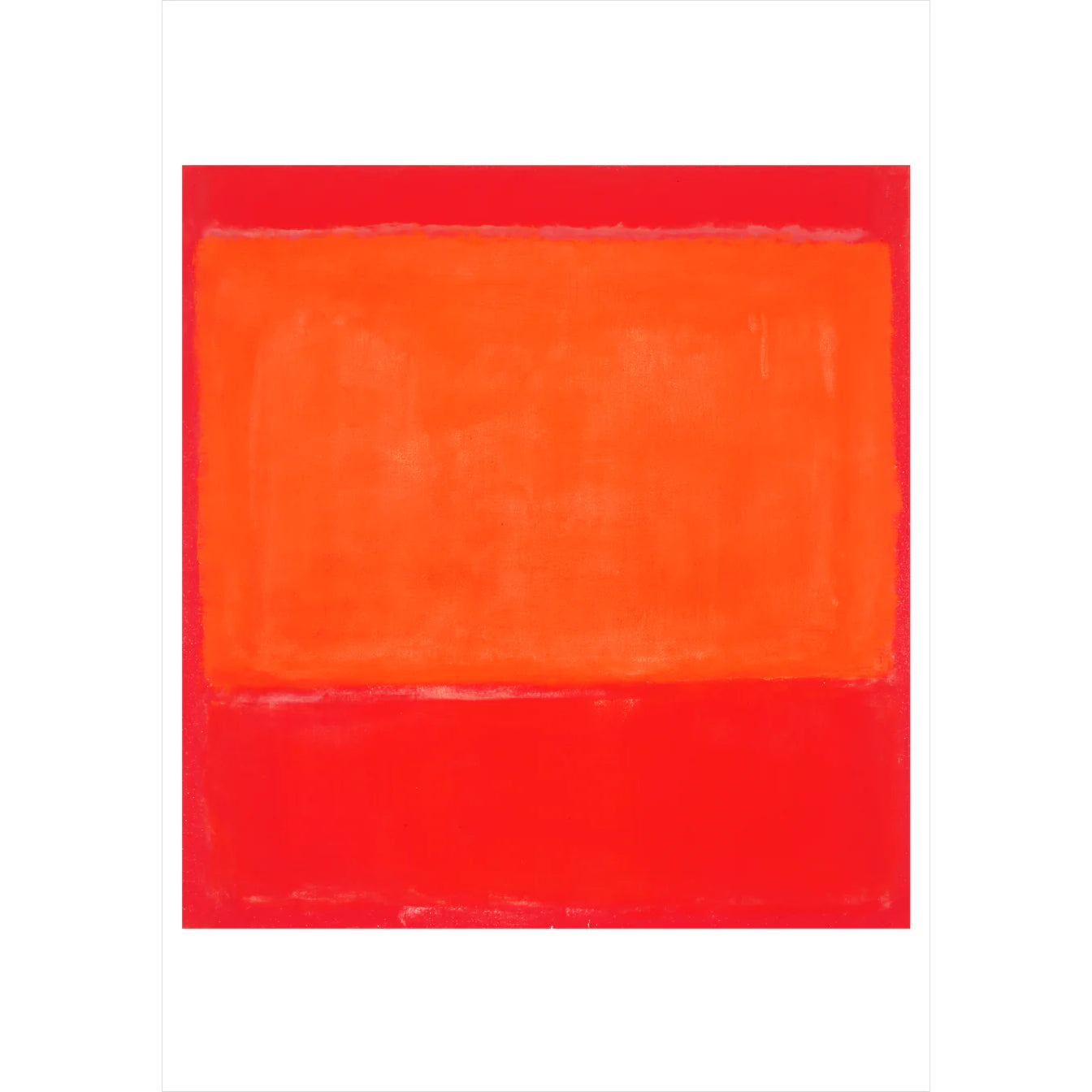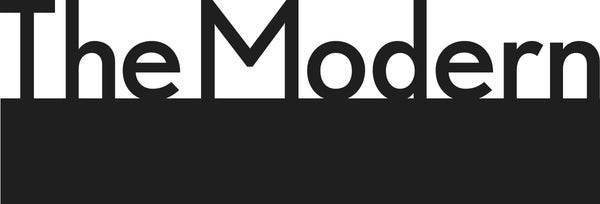Mark Rothko Boxed Notecard Assortment
Mark Rothko Boxed Notecard Assortment
Couldn't load pickup availability
By the 1950s abstract expressionist Mark Rothko had developed his signature motif: large canvases of luminous rectangles that seem to float within a larger color field. To achieve the sense of light emanating from his paintings, Rothko stained the canvases with multiple thin layers of pigments, some of which show through the top layer of paint. Even the deepest hues seem to emit light. In reducing forms to simple shapes presented on a grand scale that viewers were meant to experience in close quarters, Rothko sought to elicit deeply felt spiritual and philosophical reactions. He said he wanted to express “basic human emotions—tragedy, ecstasy, doom. . . . The people who weep before my pictures are having the same religious experience I had when I painted them.” Contains five each of the following notecards: Green and Maroon, 1953 Green and Tangerine on Red, 1956 Ochre and Red on Red, 1954 Orange and Red on Red, 1957
DETAILS
• 20 blank notecards (5 each of 4 designs) with envelopes in a decorative box
• Printed in full color on recycled paper with soy based inks
• High-quality 250 gsm card stock
• Soft white envelopes
• Pomegranate’s notecard sets feature exclusive selections of art from museums and artists around the world
Published with The Phillips Collection
Box size: 5.375 x 7.375 x 1.5 in.
Card size: 5 x 7 in.
ARTIST
Mark Rothko
Mark Rothko, one of the preeminent modern artists of his generation, said that the subject matter of his paintings was the extremes of human emotion. During a career that spanned five decades, Rothko (American, b. Russia, 1903–1970) developed an innovative form of abstract painting characterized by rigorous attention to formal elements such as color, shape, balance, depth, composition, and scale. His early stylistic experimentation distilled into the Abstract Expressionism of his mature work—large-scale paintings featuring rectangular shapes of saturated color and shimmering emotional presence. By the late 1940s, when the devastation of a global war had shunted creative impulses into radically new directions, Rothko was an established and influential leader among New York’s artistic avant-garde.
Share
